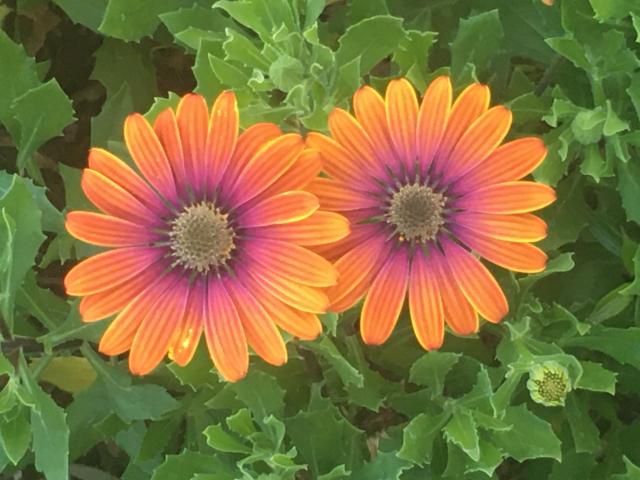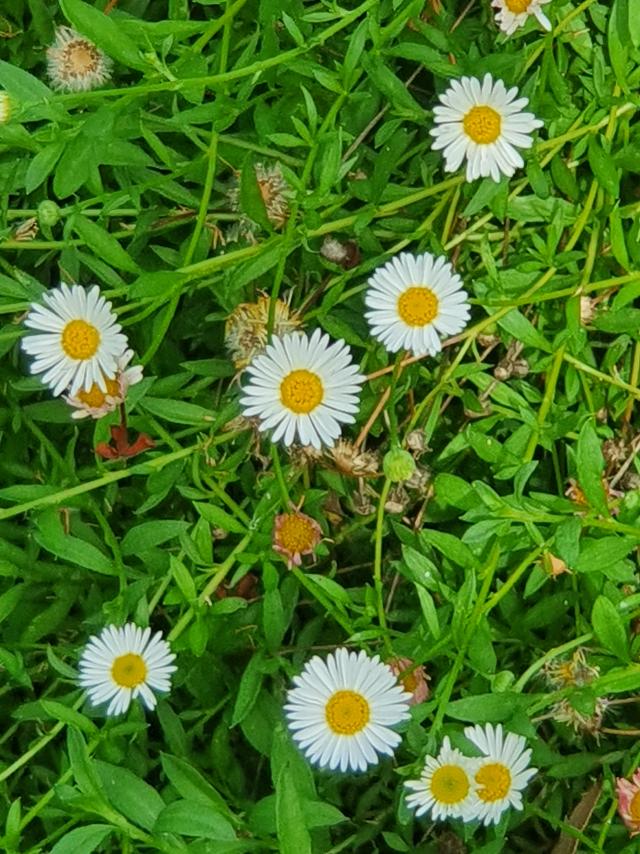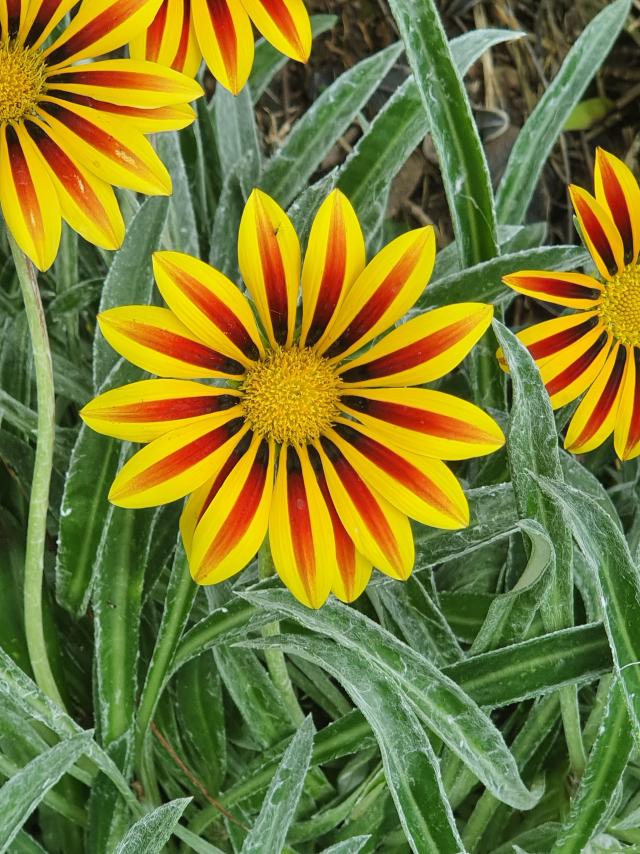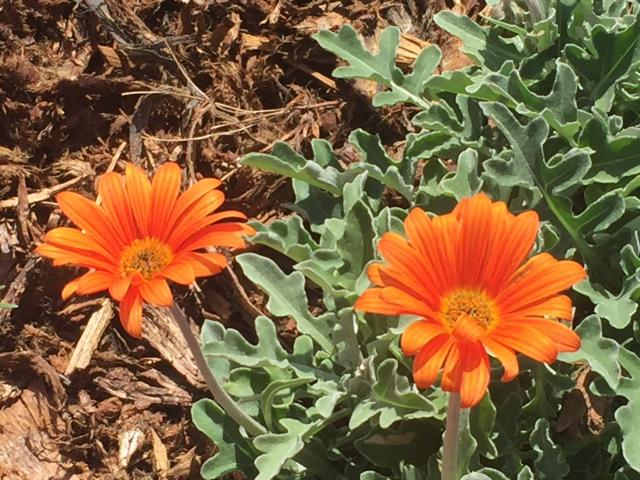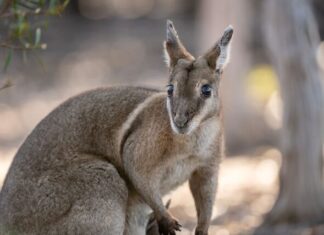While working in the garden during these humid days, it becomes evident that there are some positions in the garden that need attention. Many of these positions need a plant just to cover the surface of the garden.
Groundcover Daisies are useful and attractive as low borders that frame a lawn area and provide a happy transition from grass to garden. Their use around trees and shrubs is an interesting substitute for rock, stone, or bark mulch. Many of these Daisies are practical tools in controlling or eliminating erosion of embankments and terraces, while simplifying their upkeep by avoiding the need for mowing of steep or irregular surfaces. With a little careful selection, there are quite a number of Daisies that flourish in these less than ideal conditions and from an aesthetic standpoint alone, well-planned groundcover areas add interest and variety to the landscape.
Unfortunately the gardening style of Queensland is changing from the tradition flower gardens to a more generic style. Maybe it is time to look back at our Grandmother’s garden. Do you remember your Grandmother’s garden? In most cases her garden would have had a number of Daisies planted for spring colour and to cover the ground in Summer.
Arctotis acaulis or African Daisy is an evergreen groundcover that can spread up to a 1m across. The dense silver foliage and colourful blooms of the Arctotis make an eye-catching feature in any garden. The flowers range in colours variations of red, white, yellow, pink, orange and mauve, that will have contrasting centres. It should be noted that on cloudy days, or even as the afternoon shadows fall upon the plant, the flowers will close up, and sometimes they will tend to flower on the sunnier side of the garden first.
Brachycombe multifida or Hawksbury River Daisy is one of my favourite little native daisies. It will only cover about a metre square, and is perfect as a garden edging plant, or positioned near landscape features such as old logs or rocks. Flowers are a delicate mauve daisy-type flower, with yellow centres.
Bracteantha bracteata or Everlasting Daisy is one of Australia’s most iconic native plants. The paper daisy flowers are available in colours ranging from yellow, orange, pink or white. Good as a cut flower the Bracteantha will grow up to 50cm high with mutable heads of flowers. This spectacular daisy looks very delicate yet is very tough for hot well drained positions. Bracteantha is one of the earliest of all Australian plants to be hybridised, with the first plants grown in Europe since the mid 1800s.
Erigeron karvinskianus or Seaside Daisy is a hardy groundcover that produces a mass of small open-faced white daisy type flowers with a yellow centre. It flowers most of the year in warm sunny positions. It can be invasive, however, and needs to be checked periodically, as it is a very fast grower.
Euryops pectinatus or Yellow Marguerite is a perennial shrub with attractive silvery-green foliage. From Autumn through to Spring masses of vibrant open faced brilliant yellow daisy flowers with widely spaced petals cover this Daisy. The display provides an excellent contrast against the finely cut silvery-green foliage. Growing up to 1m high Euryops pectinatus is great for growing in pots, borders and feature or cottage themed gardens.
Gazania Sunshine hybrids is a small annual groundcovers will literally form a kaleidoscope of colour, and are in fact planted by seed in open patches in the garden, rather than purchasing individual plants, thus becoming a very low cost filler.
Osteospermum fruticosa or African Daisy is a fast growing sun-loving groundcover that will withstand adverse conditions. It produces flowers ranging in shades of white, pink and purple and makes a great cut flower. It grows to 30cm high, spreading to 60cm and can be grown with other annuals and perennials to create a truly colourful display. My mother’s front garden currently has Osteospermums flowering in Orange, Yellow, Copper and Coral shade.
While many of these plants may not be available all year round in most local nurseries, they should be able to be ordered from specialist nurseries for your spring garden.


